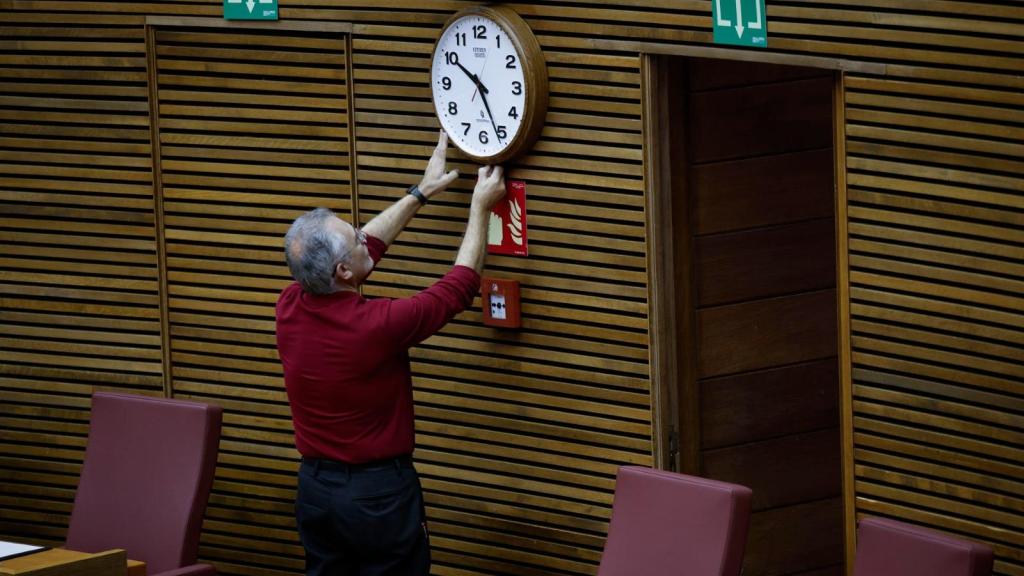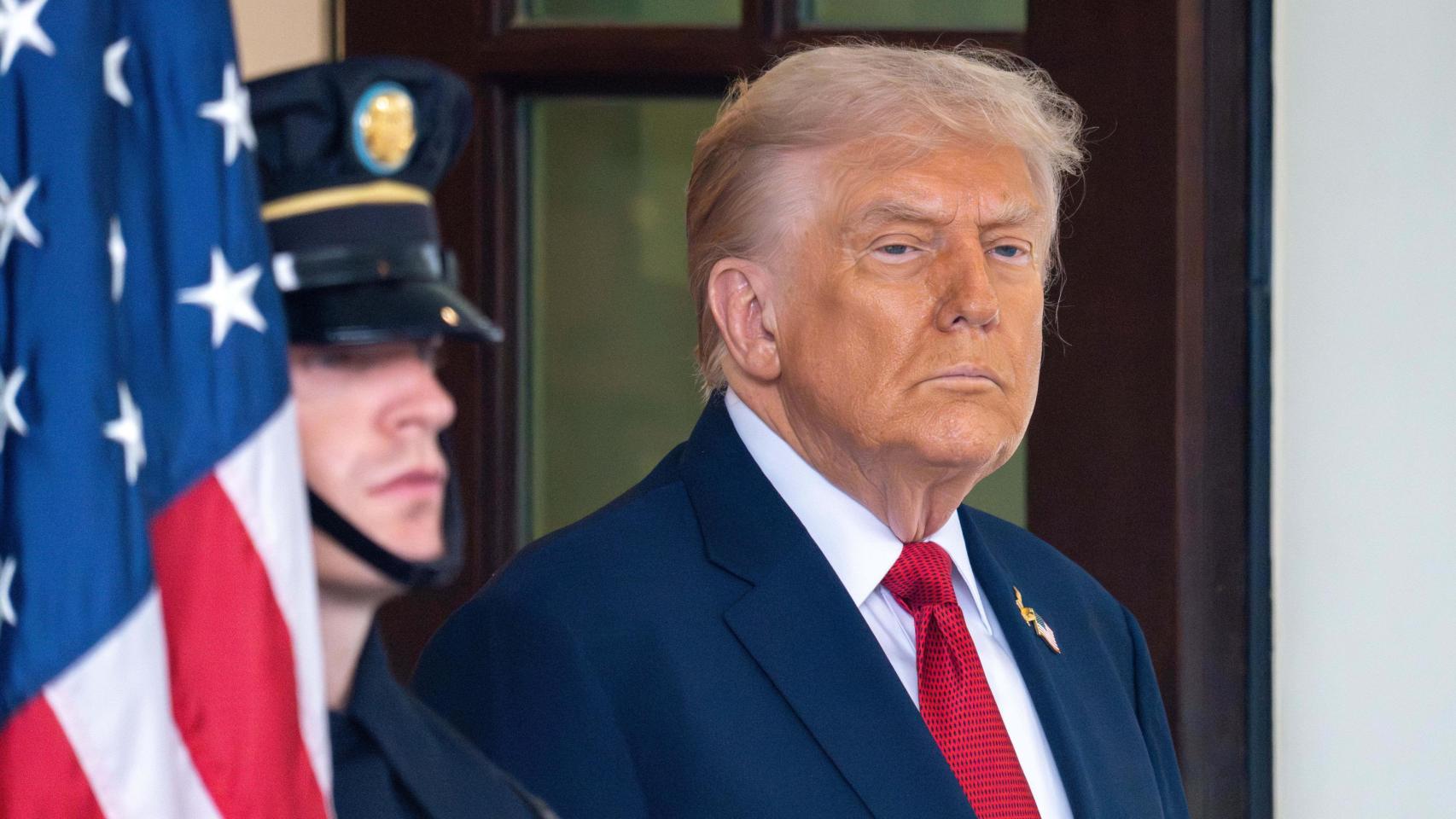
Time change 2025 in the United States: this is the date when clocks must be adjusted
With the arrival of summer, several regions in the United States will advance their clocks one hour in order to make better use of sunlight and reduce energy consumption.
Leer en español: Cambio de horario 2025 en Estados Unidos: esta es la fecha en la se deben ajustar los relojes
United States will activate again Daylight Saving Time. This implies an adjustment in the clocks of most states. The practice is known as Daylight Saving Time (DST) and aims to better take advantage of sunlight during the longer months of the year.
As every year, the start of Daylight Saving Time will be marked on the second Sunday of March. Therefore, in 2025, the transition will occur on March 9. At that time, citizens should set their clocks forward one hour. Then, on the first Sunday of November, the time will return to normal, so in that case they will have to set their clocks back one hour.
It was on November 3, 2024, when the most recent time change occurred. On that occasion, standard time was resumed. Now, with the arrival of the third month of the year, Daylight Saving Time will extend until November 2.
States where Daylight Saving Time is not observed
Although most of United States follow this trend, there are regions that have chosen to maintain a fixed schedule throughout the year.
Hawaii and most of Arizona are examples of this. It also happens in several U.S. territories in the Pacific and the Caribbean, including Puerto Rico, the Virgin Islands, the Northern Mariana Islands, Guam, and American Samoa.
In Arizona, Daylight Saving Time was abandoned in 1968 due to its high temperatures, which caused the sun to remain in the sky until late at night. However, within the state, the Navajo Nation does observe Daylight Saving Time, differentiating itself from the rest of the region.
To schedule:
-
New Daylight Saving Time: March 9
-
End of Daylight Saving Time: November 2
When did Daylight Saving Time start in the United States?
Despite being a common practice in a large number of countries, in United States, DST was implemented, for the first time, during the First World War as a way to save energy in a time of war and great economic, political, and social uncertainty worldwide.
In addition, this measure sought to decrease the need for artificial lighting, make the most of natural light, and contribute to the war effort through energy savings in the nation.
Over the following years, the time change was maintained until its formalization in 1966 with the so-called Uniform Time Act, where the start and end dates of DST were established.
Its application, for over a century, has not been spared from a large number of criticisms and accusations for its alleged consequences in the lives of millions of people who report alterations in heart rhythms, sleep disruption, among other conditions, due to the annual change. It has even been mentioned that DST could have negative effects on work productivity and create problems in scheduling activities.
*This article has been automatically translated using artificial intelligence



